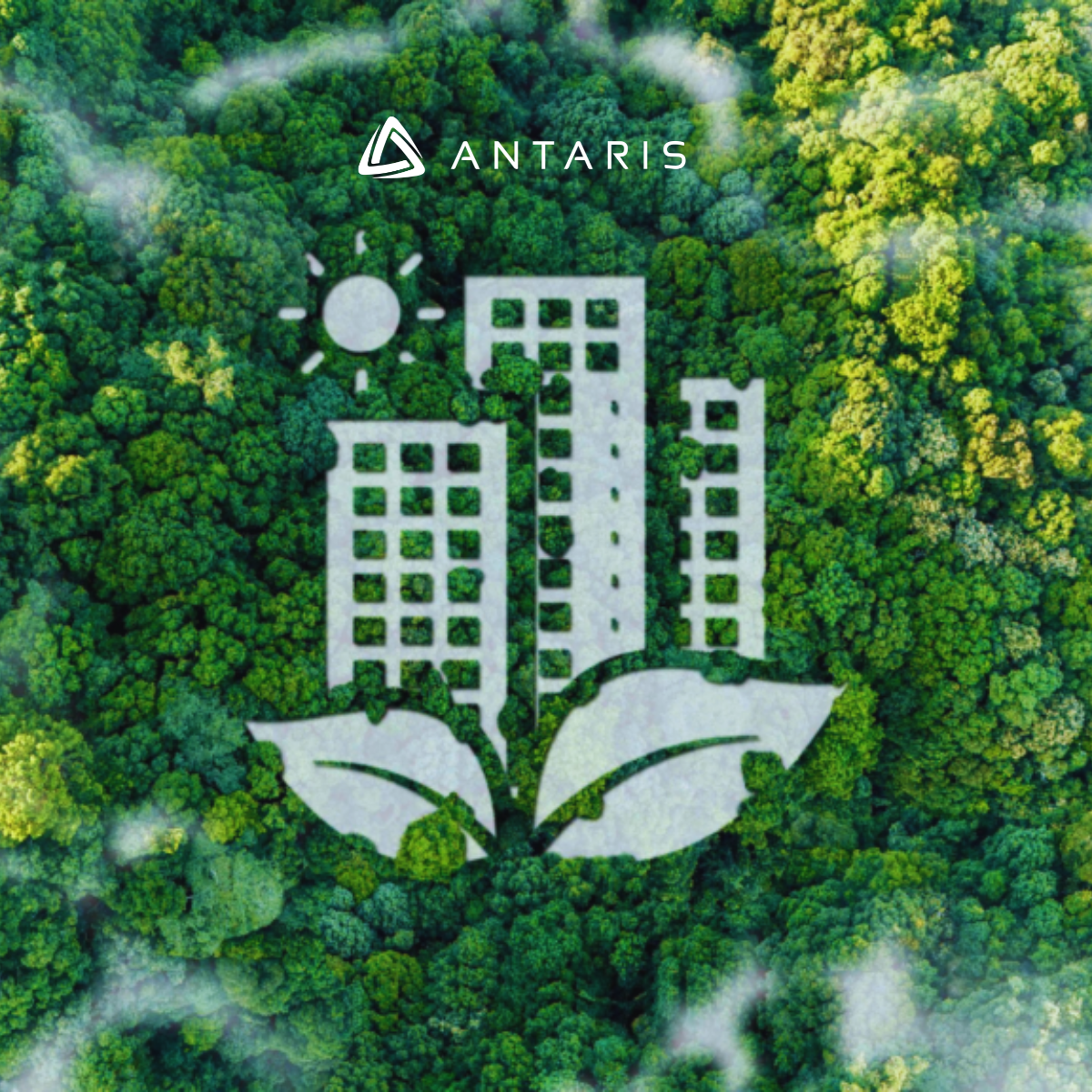Every year 8 million tons of plastic waste are dumped into our oceans. The Ellen MacArthur Foundation has estimated that by 2050, if nothing is done, 12 billion tons of plastic waste will have accumulated on the planet, in nature, and in our oceans.
The use of single-use plastic is ubiquitous and according to the United Nations, 50% of plastic consumed is either disposable or single-use. The 10 most commonly found single-use plastic items represent 70% of all marine litter in the EU. The key issue is that plastics can take up to 1000 years to decompose generating disastrous impacts in natural ecosystems.
The European Commission has classified a single-use plastic product as a product that is made wholly or partly from plastic and that is not conceived, designed, or placed on the market to accomplish, within its life span, multiple trips or rotations by being returned to a producer for refill or re-used for the same purpose for which it was conceived.
Thus, single-use plastic includes all products made of plastic and initially designed to be used only once. Therefore, a water bottle filled a second time by its user remains a single-use plastic as the bottle is not adapted to a second use.
The EU aims to reduce the volume and impact of specific plastic products on the environment through the implementation of Directive (EU) 2019/904 on the reduction of the impact of certain plastic products on the environment (the Single-Use Plastics Directive).
The Directive commits member states to introduce a range of measures to deal with the most common single-use plastic items and required it to be transposed by July 2021.
Ireland has commenced the transposition of the Directive and has banned the following single-use plastic items from being placed on the Irish market from 3 July 2021:
- Cotton Bud Sticks
- Cutlery
- Plates
- Stirrers
- Chopsticks
- Straws
- Expanded polystyrene single-use food and beverage containers
- All oxo-degradable plastic products
From July 2024 beverage containers (bottles, cartons) up to 3 litres in size will be banned from the Irish market unless the cap is attached to the main part of the container. From January 2025 beverage producers will also be prohibited from placing any single-use plastic polyethylene terephthalate (PET) bottle up to 3 litres in size on the Irish market unless it contains a minimum of 25% recycled plastic. From January 2030 these bottles must contain a minimum of 30% recycled plastic.
By January 2023, producers of packaging will be required to cover the costs of litter clean up, in addition to their existing Extended Producer Responsibility (EPR) obligations associated with the following single-use plastic items:
- food containers
- packets
- wrappers
- beverage containers
- cups
- lightweight carrier bags
The Programme for Government set out the Government’s commitment to introduce a Deposit and Return Scheme (DRS) for plastic bottles and aluminium cans. The Waste Action Plan for a Circular Economy includes a road map for the delivery of the scheme by September 2022.
In a report published in February 2019, the Centre for International Environmental Law (CIEL) warned about the health impact of plastics. Plastic has a negative health impact during both its production and consumption phases when it is used, treated as waste or released into the environment. During the extraction of raw materials phase, chemical and toxic substances are released into the atmosphere, water and soil. During the manufacturing phase, these raw materials are transformed into plastic and toxic and carcinogenic elements are released into the atmosphere, due to petrochemical additives and processes. Finally, when consumers use plastic products or packaging, they ingest or inhale plastic micro-particles.
The world’s oceans are believed to contain 24.4 trillion pieces of microplastics, with a size between 1 and 5 millimeters. These microplastics have an adverse impact on marine biodiversity. Microplastics concentrate a large number of pollutants on their surfaces and allow the propagation of viruses and bacteria. Marine species confuse them with zooplankton and ingest them.
At the end of its life cycle, plastic waste is treated in three ways: incineration, recycling or landfill. Incineration releases many toxic substances into the environment. In 2015, approximately 80% of plastic waste was consigned to landfill or in natural ecosystems, representing an even greater source of water, soil and air pollution.
Plastic is a very durable material. It can take up to 1000 years to decompose generating disastrous impacts in natural ecosystems including the generation of micro-particles. Therefore, we should aim to eliminate single-use plastics and increase the reuse and recycling of other plastics.


